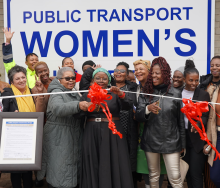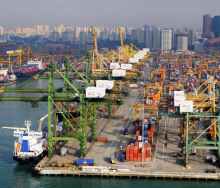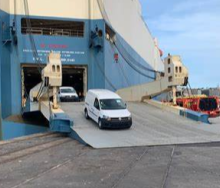Angola’s Iona National Park has taken delivery of 14 relocated giraffes which were moved from a private wildlife reserve in Namibia in a road delivery.
Reintroducing giraffes to their original range will prolong their lives and restore the region’s ecological equilibrium as they depend on one another for survival in the wild, said Stephanie Fennessey, executive director and co-founder of the Giraffe Conservation Foundation (GCF).
The translocation is not the first of its kind.
In an effort to increase Angola’s giraffe numbers which had dwindled over the years, the GCF has been transporting giraffes for a while.
However, this is the first of several giraffe translocations to ensure the animals return to their original habitat.
Before they were loaded onto the truck, solar-powered GPS satellite ear tags were fitted to some of the animals to monitor their movements after they were transported.
“Giraffe translocations are extremely complex and risky operations,” said Fennessy. The feasibility study for this project had started more than two years ago, she added.
“Moving giraffes is no easy task, particularly when it involves such a long distance (1300 kilometres) and crossing an international border (Namibia).
“Giraffes are fully awake during the entire process and not sedated at all. No drugs were involved. The giraffes were mainly standing during the trip,” she said.
“So much can go wrong, from the capture to loading, during transport and release – and I haven’t even mentioned the political complexities.
“But all’s well that ends well. Seeing giraffe take their first steps into their new home is always emotional. Knowing we have returned Angolan giraffes to Angola makes this translocation even more special.”













